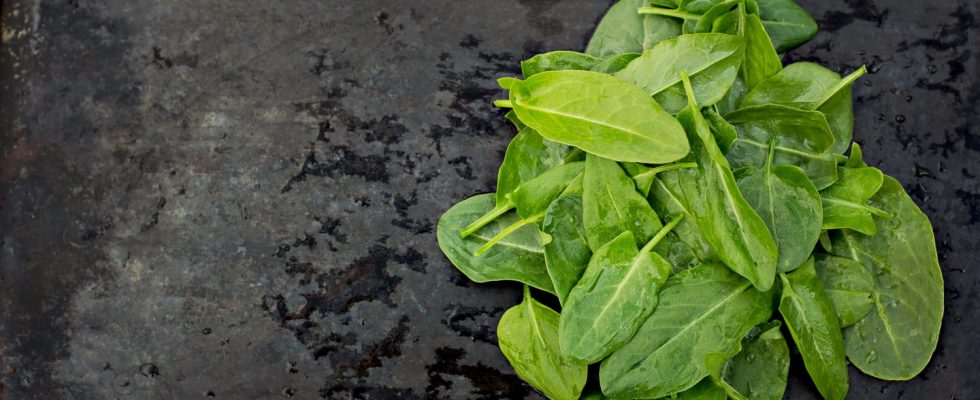Oxalic acid is a very powerful toxic product, especially used as a textile bleaching agent and antirust. It is also a component of our body that participates in the fixation of calcium on the bones. In what foods is it found?
Definition: what is oxalic acid?
Oxalic acid is a very toxic organic acid. It is used in particular as rustproof. Oxalic acid is present in small amounts in different foods. The richest in oxalic acid are the spinach, sorrel or rhubarb. coffee and tea also contain it in a smaller proportion. Consumed in large quantities, these foods can cause oxalic acid poisoning. Stones form and usually block the urinary system. Symptoms are vivid abdominal pain, seizures, vomiting and cessation of urine production (anuria).
What is the role of oxalic acid in the body?
Oxalic acid participates in the binding of calcium to the bones. “It also has the ability to bind minerals like magnesium, potassium, sodium and iron, which is problematic with excessive consumption of foods that contain them because if oxalic acid enters the blood , it will nestle in the intestine and prevent their assimilation“, develops Maxime Mességué, dietitian-nutritionist. In other words, excessive consumption of oxalic acid can be responsible for deficiencies in minerals and trace elements.
In what foods is oxalic acid found?
Oxalic acid is found in leafy vegetables of the Polygonaceae family such as sorrel, spinach, rhubarb, buckwheat, as well as in beets, chard, asparagus, eggplant, leeks, carrots, sweet potatoes, celery, dandelion and cabbage. It is also found in certain fruits, including berries, berries, kiwi, figs, and dates. Some cereals such as wheat, millet and rye also contain it. oilseeds (walnuts, hazelnuts, almonds, pecans, cashews, pine nuts) are also rich in oxalic acid.
What are the dangers of oxalic acid?
Excess oxalic acid in the body can have adverse health consequences. He may be responsible for mineral deficiencies (magnesium, iron, calcium) because, by binding to these in the intestine, it prevents their assimilation and promotes their evacuation in the stool. “Oxalic acid and minerals form insoluble salts (oxalates) which are evacuated in the urine in the form of small crystals. This becomes problematic when they become too large and block the passage of urine: this is kidney stones and bladder stones. A high dose of oxalic acid in the body can also cause vomiting, nausea, diarrhea or even being responsible for fatal poisoning“, indicates the dietician-nutritionist. Foods rich in oxalic acid are to be avoided in subjects suffering from the disease of gout, kidney stones, rheumatoid arthritis and fibromyalgia.
Since oxalic acid is a very toxic and corrosive product, it should be used taking a few precautions:
- Wear latex gloves to avoid contact with the product;
- Ventilate the room well in which the product is used;
- Wear glasses to avoid eye irritation;
- Wear a mask to avoid inhaling oxalic acid.
Thanks to Maxime Mességué, dietitian-nutritionist in Paris.
